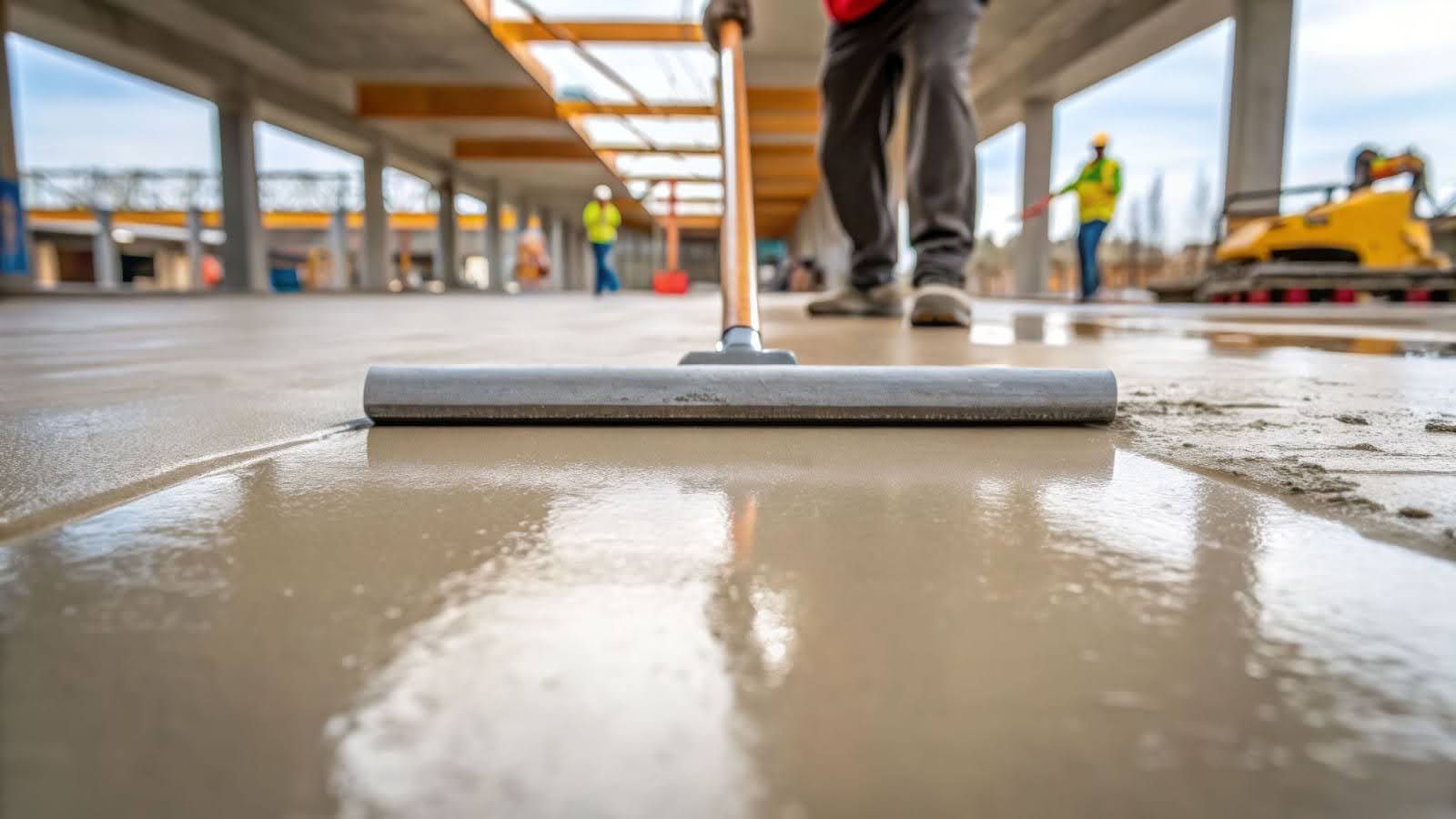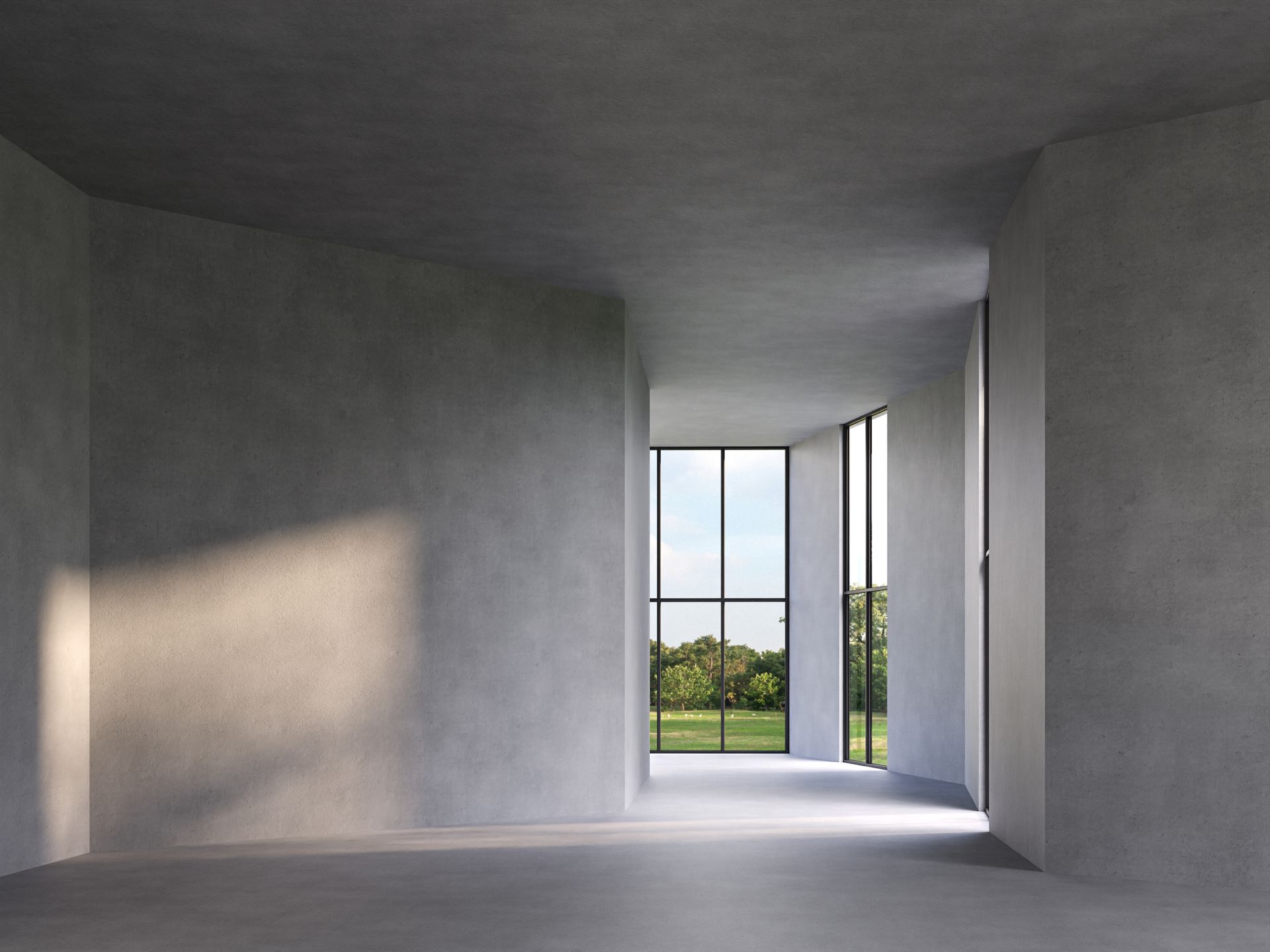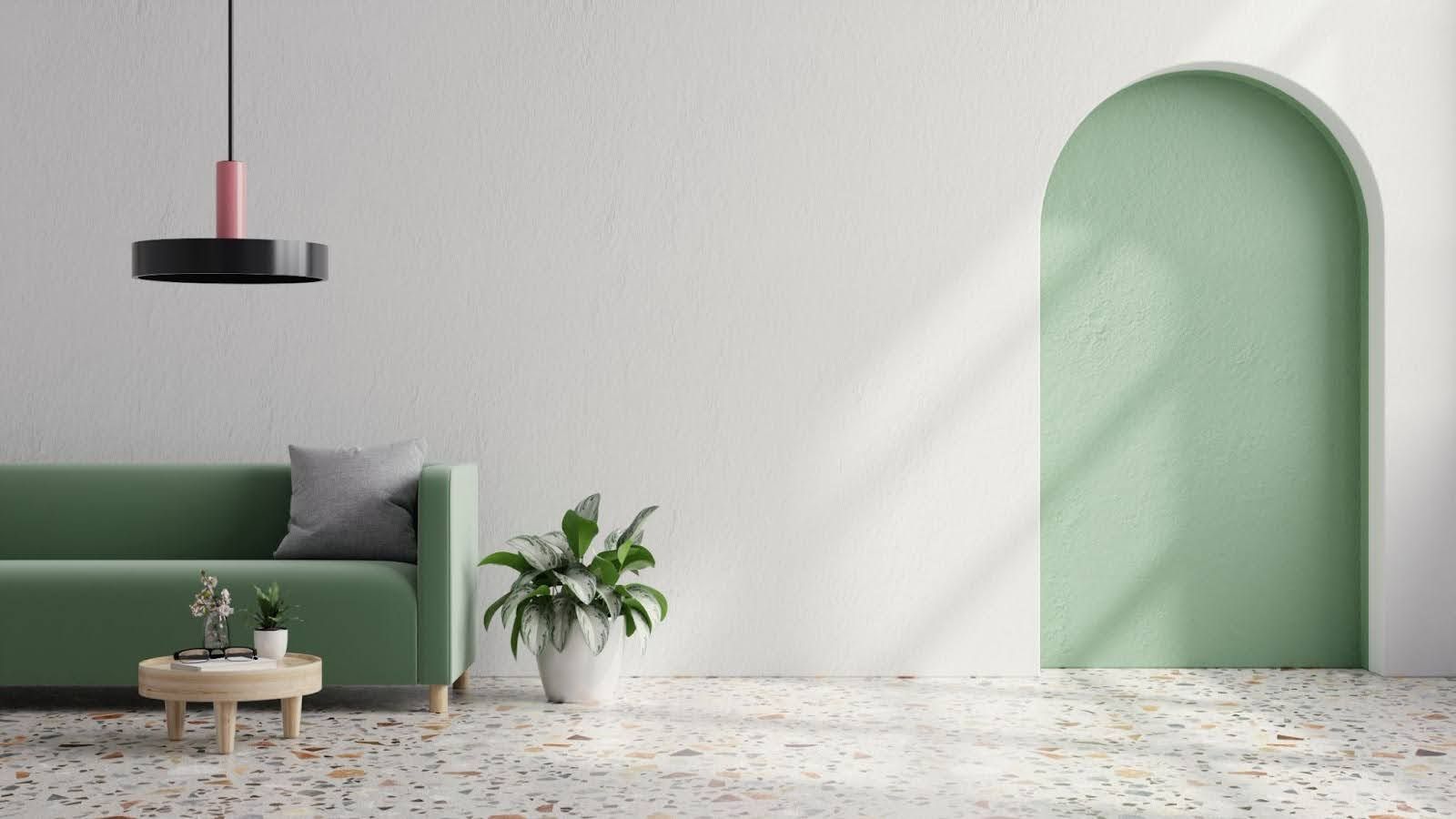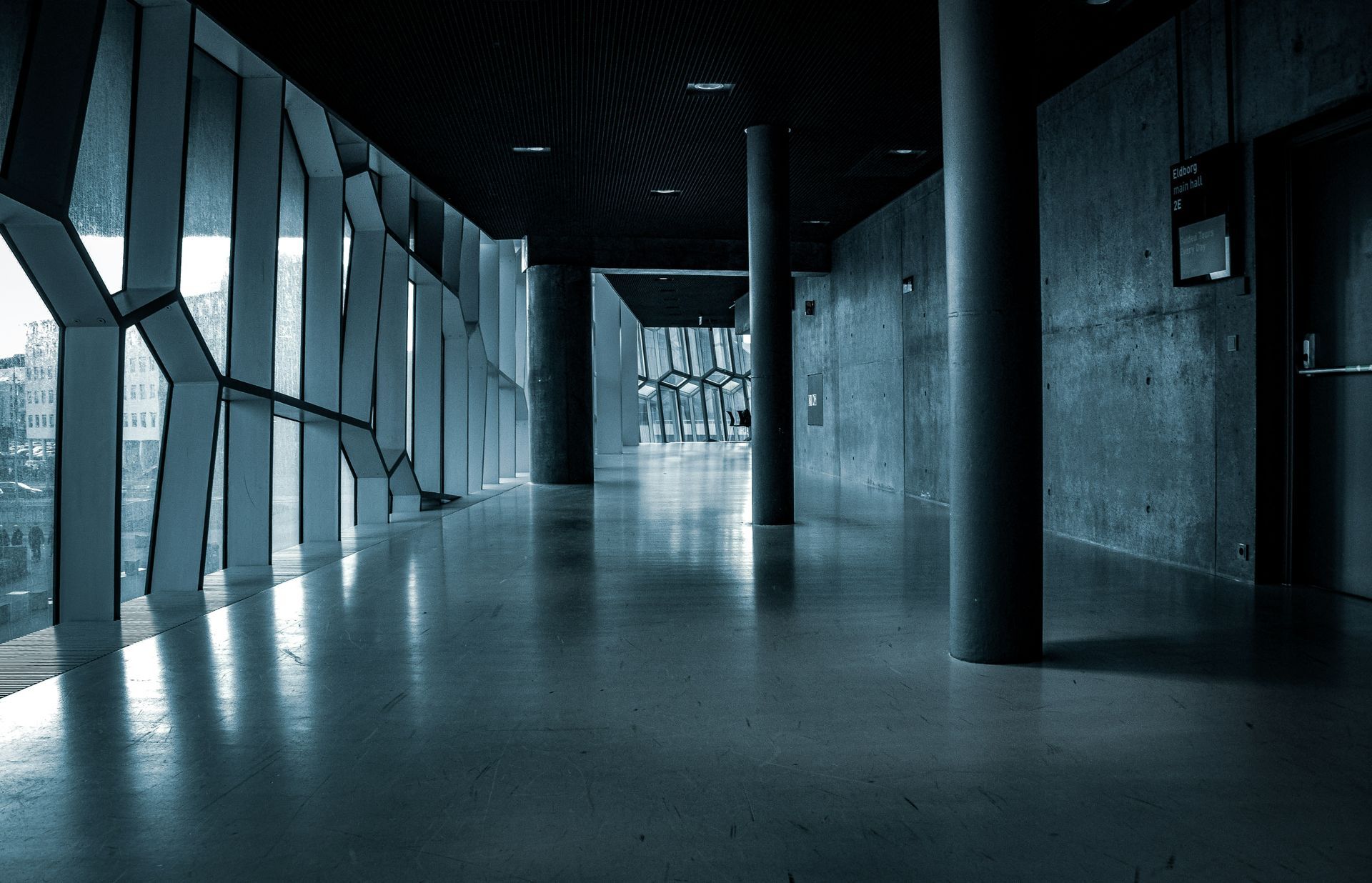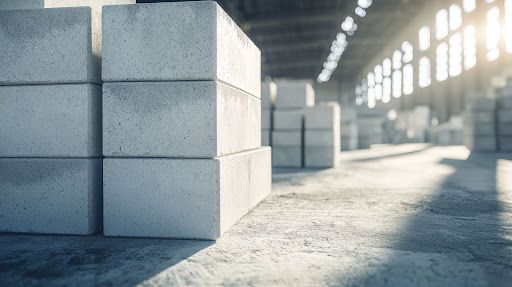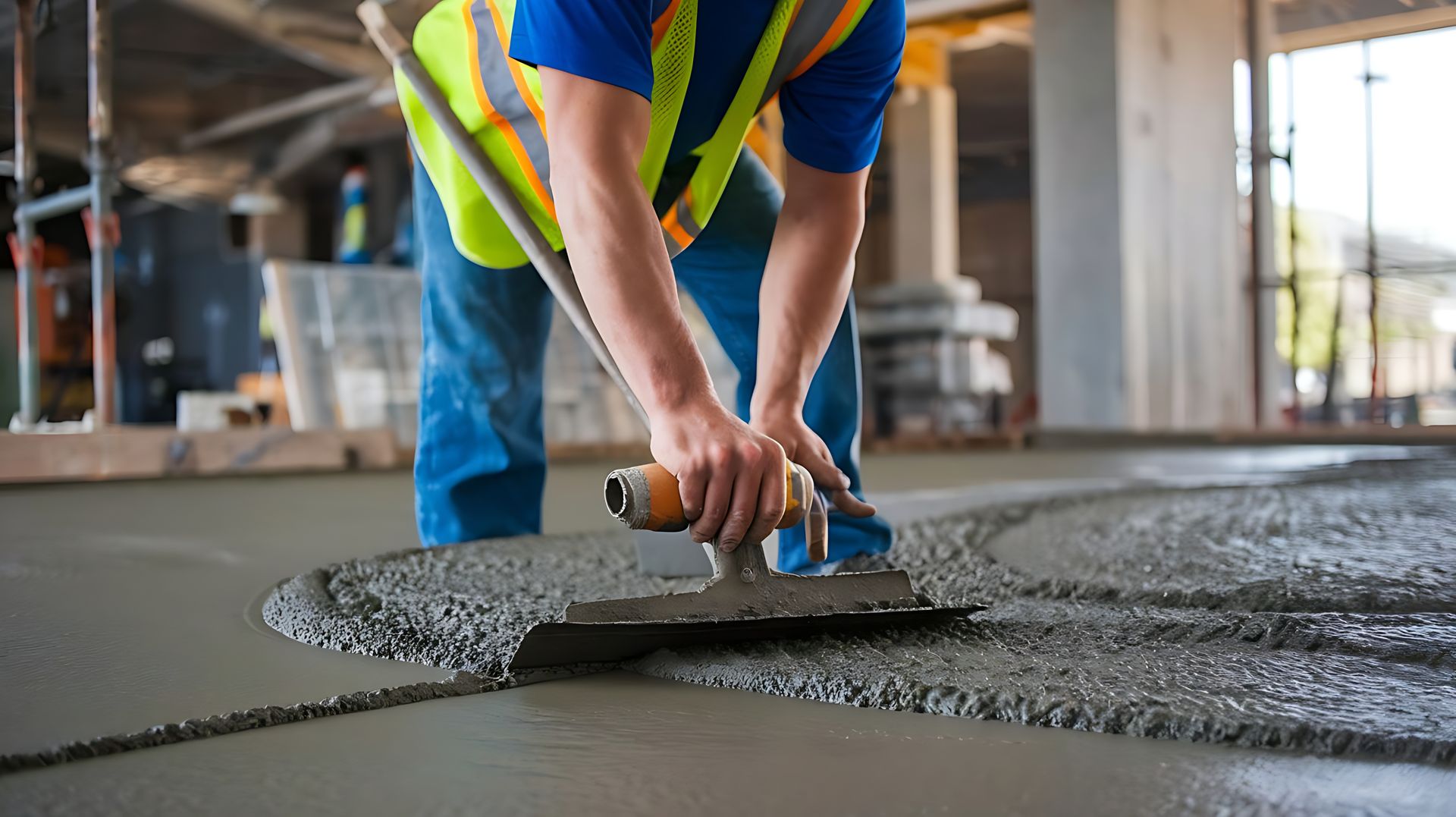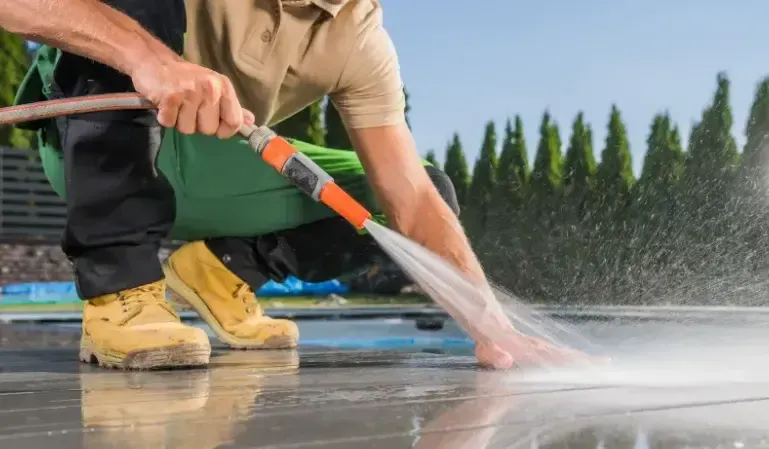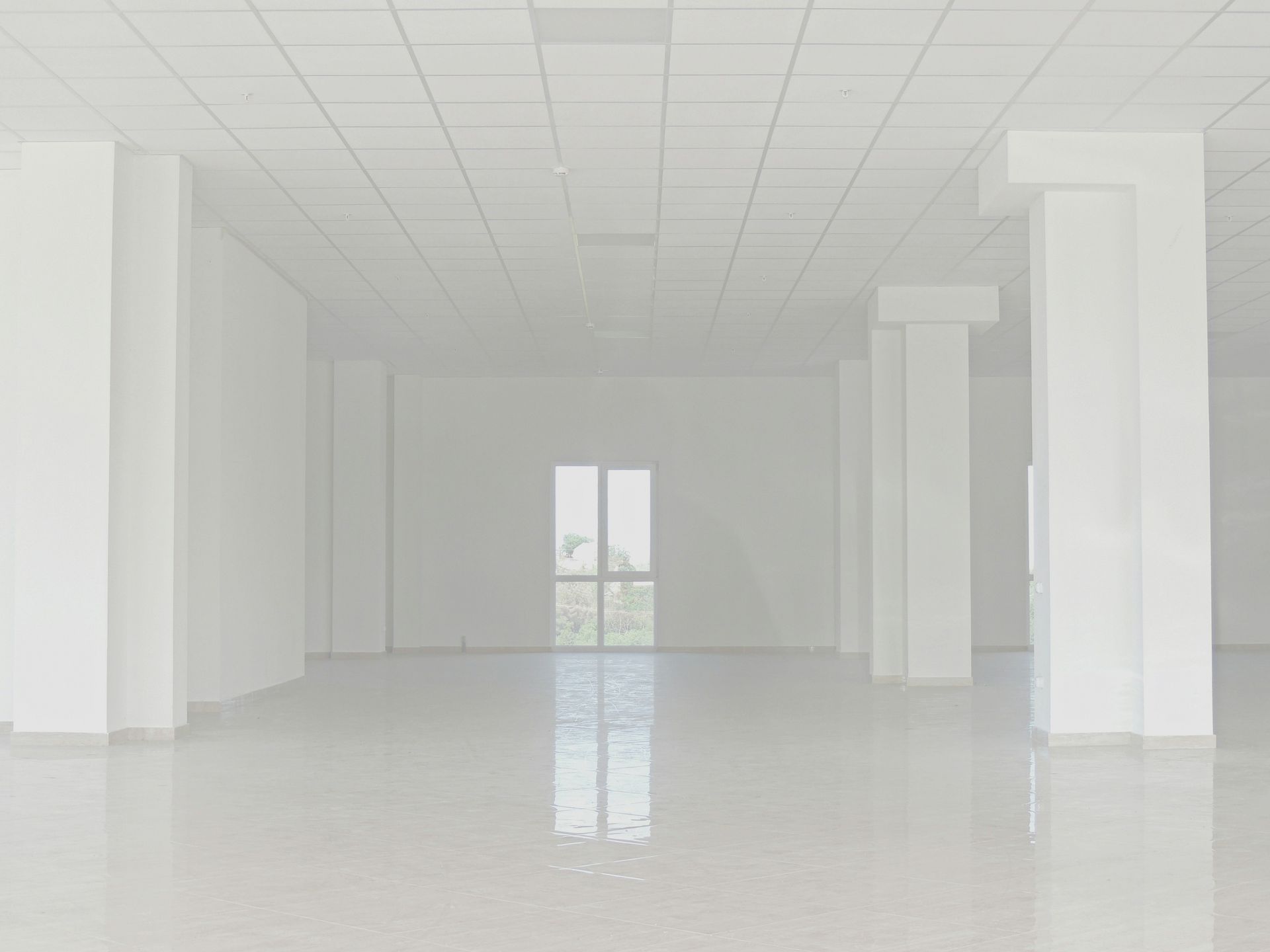The Art and Science of Concrete Staining: A Colorful Flooring Option
Concrete floors have come a long way from their purely utilitarian origins, with staining emerging as a popular method for enhancing both the appearance and longevity of this sturdy material. Stained concrete offers a distinctly artistic character, transforming dull gray slabs into elegant and colorful surfaces. The multi-step nature of concrete staining combines craft, chemistry, and careful preparation, making it an increasingly sought-after solution for homeowners and commercial property owners alike.
The Rise of Stained Concrete
Concrete staining has grown in prominence as part of the larger decorative concrete trend. A 2021 report by Allied Market Research found that the decorative concrete market, which includes stained concrete installations, is projected to continue its ascent in the coming years. This popularity spike can be attributed to stained concrete’s versatility and resilience. Whether used in a high-traffic commercial setting or a cozy residential basement, stained concrete delivers a captivating, durable surface that captures attention while demanding relatively low upkeep.
The visual transformation of concrete through staining provides endless aesthetic possibilities, ranging from earthy hues that lend a natural look to bold, modern colors that make a statement. This blend of beauty and practicality has helped the method gain traction among designers, architects, and homeowners seeking alternatives to conventional flooring options like wood, tile, or carpeting.
Acid-Based and Water-Based Stains
One of the most fascinating aspects of concrete staining lies in its reliance on chemistry. Acid-based stains typically combine hydrochloric acid and metallic salts, which react with the minerals in concrete to create complex color patterns. Because the stain’s reaction is permanent, it often produces variations in hue and tone that result in a truly one-of-a-kind design. These organic mottling effects are especially appealing for anyone looking for a rustic or industrial aesthetic.
On the other hand, water-based stains present different advantages. Instead of relying on a chemical reaction within the concrete, they deposit pigment onto the surface, allowing for a broader range of colors and more predictable outcomes. Homeowners gravitating toward vibrant designs often prefer water-based stains for their expansive color palette and ability to layer different shades. While maintenance requirements for both types of stains are similar, water-based stained floors are frequently sealed with clear coatings to ensure color longevity.
Preparatory Steps and the Application Process
Proper surface preparation is crucial to the success of any stained concrete project. Before applying any stains, the concrete must be thoroughly cleaned to remove dust, debris, and any sealing agents that might hinder the staining process. In some cases, mechanical grinding or shot blasting is performed to ensure maximum porousness for acid-based or water-based solutions. What follows is a structured series of steps involving:
- Testing a small, inconspicuous area to confirm the final color.
- Applying multiple coats of stain with ample drying time in between.
- Neutralizing and cleaning acid-stained surfaces, or lightly rinsing water-based stained
- surfaces, depending on the product used.
- Adding a protective sealant to enhance gloss or matte finishes while extending the life of the floor.
Throughout this procedure, experienced technicians maintain vigilance, checking for color consistency and ensuring the stain is properly absorbed. Although staining can sometimes be described as part-art, part-science, both aspects demand precision and patience.
Tips for Selecting the Right Stain
Choosing an acid-based or water-based stain involves more than just picking a color from a swatch. The surrounding décor, foot traffic, and desired long-term appearance should steer your decision. Acid-based products might prove favorable for a customer wanting an organic or weathered look, while water-based stains excel in offering bright color varieties. It’s also wise to consult with experts who can evaluate existing concrete conditions, as older or previously treated floors may require extra surface preparation or patching before stains can be applied. By balancing aesthetics, durability, and practical needs, you’ll be more likely to find a product that fits both your vision and lifestyle.
Maintaining Stained Concrete Floors
One of the core reasons behind stained concrete’s growing appeal is its relative ease of maintenance. Light sweeping and periodic mopping keep day-to-day dirt and debris at bay. Since concrete is porous, a sealant typically provides the first line of defense against moisture. Areas experiencing heavier use—such as warehouses or retail showrooms—may need reapplication of protective sealants every few years to preserve the vibrancy of the stain. According to theConcrete Network, properly sealed concrete floors can resist most stains and surface wear, making them ideal for households that juggle pets, children, or frequent visitors.
Staying vigilant about spills and cleaning them promptly can also help maintain the color’s clarity and ensure that the surface remains smooth and bright. With the right combination of routine cleaning and occasional resealing, stained concrete floors can maintain their original charm for many years.
Where Art Meets Durability
Stained concrete stands at the intersection of artistry and practicality. With acid-based stains, the final tone can yield a genuinely unique tapestry of color. Water-based stains, meanwhile, offer appealing uniformity. No matter which type you choose, the result frequently outlasts many other flooring options in terms of sheen and structural integrity. An impeccably installed stained concrete floor has the power to revitalize an otherwise ordinary space, all while staying resilient under the weight of daily activities.
When considering this approach for your home or business, it is advisable to work with skilled professionals who understand the nuances of concrete chemistry. Their hands-on experience can serve as a safeguard against costly missteps, ensuring that you end up with flooring that is both visually arresting and robust enough to handle everyday challenges.
Discover More About Professional Concrete Staining
If you’re ready to give your space a vivid transformation,Diamond Concrete Designs invites you to learn more about our specialized services and the science behind beautifully stained floors. For a personalized conversation, visit ourContact Page to connect with our skilled team. We look forward to guiding you through each stage of creating a long-lasting masterpiece with the power of concrete staining.
